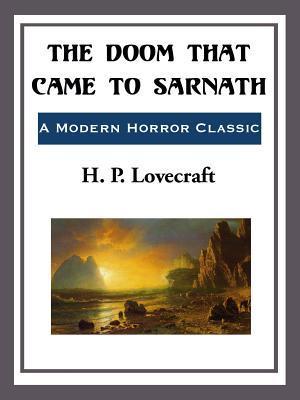What do you think?
Rate this book


10 pages, Kindle Edition
First published December 3, 1919
 There is a bit overly descriptive part of the story that shows how much Sarnath had progressed since the destruction of Ib that might pull you out of it, but it's not a big deal if you are familiar with Lovecraft at all. I can forgive anything in his case.
There is a bit overly descriptive part of the story that shows how much Sarnath had progressed since the destruction of Ib that might pull you out of it, but it's not a big deal if you are familiar with Lovecraft at all. I can forgive anything in his case.